
A genus of about 200 species, largely of the temperate northern hemisphere, extending south into tropical Central America and tropical se. Asia. The genus is very diverse, and has sometimes been split into separate genera in the past and may warrant that. We here follow Efimov (2016) in (for now) retaining a broad Platanthera, and also agree with his uncertainty that that is the best course. "These clades are accepted as subgenera: Platanthera, Tulotis, Limnorchis, Blephariglottis and Fimbriella. This is a first classification of genus Platanthera into subgenera; the former authors either divided genus Platanthera into sections or split it into several genera (as discussed in more detail in the previous chapter). I think that subgeneric rank is more appropriate here than sections, because the discriminating differences between the groups (in gynostemium, lip and tuberoids) are clear. Comparable differences in tribe Orchideae are often used to discriminate between widely accepted genera. Also, it should be noted that the general habit of some subgenera is so clearly different that I feel myself not finally comfortable to accommodate them in one genus. Phylogenetic data also do not present arguments against this: existing data reveal that all subgenera are monophyletic groups with high support...". Our species fall into all five subgenera recognized by Efimov (2016), and an additional section: Subgenus Platanthera section Lysias: hookeri, macrophylla, orbiculata Subgenus Limnorchis: aquilonis, dilatata, huronensis Subgenus Tulotis: flava, herbiola Subgenus Fimbriella: grandiflora, lacera, leucophaea, peramoena, praeclara, psycodes, shriveri Subgenus Blephariglottis section Blephariglottis: blephariglottis, chapmanii, ciliaris, cristata, conspicua, integrilabia Subgenus Blephariglottis section Gymnadeniopsis: clavellata, integra, nivea
ID notes:First generation hybrids are frequent and are not keyed; they are generally intermediate in characters and are found in mixed populations of the two parents.
Ref: Ackerman & Morgan (2002) In Flora of North America Editorial Committee (2002a); Bateman et al. (2009); Brown (2002); Butzin (1981); Correll (1950); Efimov (2016); Pridgeon et al. (1999b); Reddoch & Reddoch (1993); Sheviak (2002b) In Flora of North America Editorial Committee (2002a); Wettewa, Bailey & Wallace (2020). Show full citations.
Hover over a shape, letter, icon, or arrow on the map for definition or see the legend. Data for arrows not developed for genera and families which may have species only occurring outside the flora area.
 © Scott Ward | Platanthera integra | Original Image ⭷
© Scott Ward | Platanthera integra | Original Image ⭷ © Richard & Teresa Ware | Platanthera clavellata CC-BY-NC, permission granted to NCBG | Original Image ⭷
© Richard & Teresa Ware | Platanthera clavellata CC-BY-NC, permission granted to NCBG | Original Image ⭷ © Alan Cressler: Platanthera dilatata, Seeps, Lehman Creek Drainage, Great Basin National Park, White Pine County, Nevada 1 by Alan Cressler | Platanthera dilatata var. dilatata source | Original Image ⭷
© Alan Cressler: Platanthera dilatata, Seeps, Lehman Creek Drainage, Great Basin National Park, White Pine County, Nevada 1 by Alan Cressler | Platanthera dilatata var. dilatata source | Original Image ⭷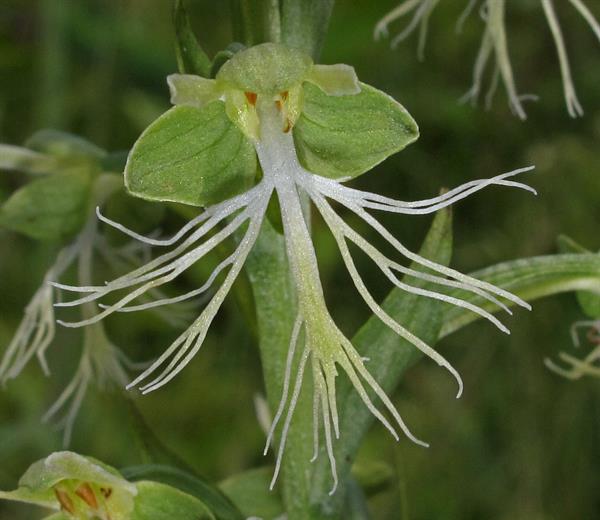 © Alan Cressler: Platanthera lacera, hillside seep bog, Towns County, Georgia 7 by Alan Cressler | Platanthera lacera source | Original Image ⭷
© Alan Cressler: Platanthera lacera, hillside seep bog, Towns County, Georgia 7 by Alan Cressler | Platanthera lacera source | Original Image ⭷ © Alan M. Cressler | Platanthera psycodes | Original Image ⭷
© Alan M. Cressler | Platanthera psycodes | Original Image ⭷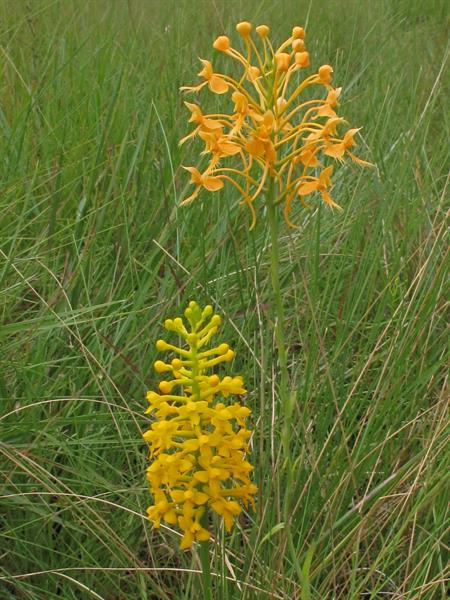 © Alan Cressler: Platanthera integra (Gymnadeniopsis integra) and Platanthera ciliaris, Big Island Prairie, Green Swamp Ecological Preserve, The Nature Conservancy, Brunswick County, North Carolina 1 by Alan Cressler | Platanthera integra source | Original Image ⭷
© Alan Cressler: Platanthera integra (Gymnadeniopsis integra) and Platanthera ciliaris, Big Island Prairie, Green Swamp Ecological Preserve, The Nature Conservancy, Brunswick County, North Carolina 1 by Alan Cressler | Platanthera integra source | Original Image ⭷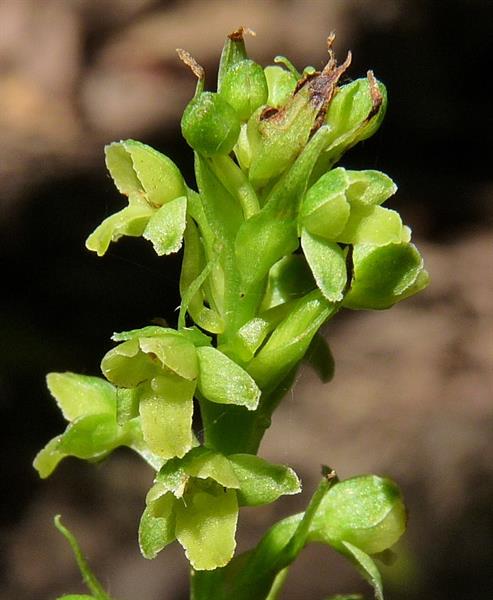 © Richard & Teresa Ware | Platanthera flava var. flava CC-BY-NC, permission granted to NCBG | Original Image ⭷
© Richard & Teresa Ware | Platanthera flava var. flava CC-BY-NC, permission granted to NCBG | Original Image ⭷ © Floyd A. Griffith | Platanthera clavellata | Original Image ⭷
© Floyd A. Griffith | Platanthera clavellata | Original Image ⭷ © Gary P. Fleming | Platanthera blephariglottis | Original Image ⭷
© Gary P. Fleming | Platanthera blephariglottis | Original Image ⭷ © Scott Ward | Platanthera psycodes | Original Image ⭷
© Scott Ward | Platanthera psycodes | Original Image ⭷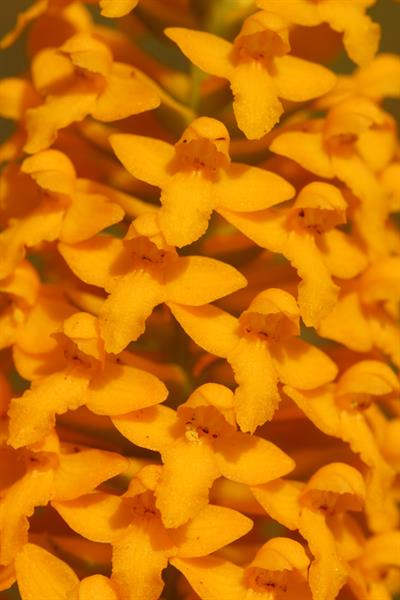 © Scott Ward | Platanthera integra | Original Image ⭷
© Scott Ward | Platanthera integra | Original Image ⭷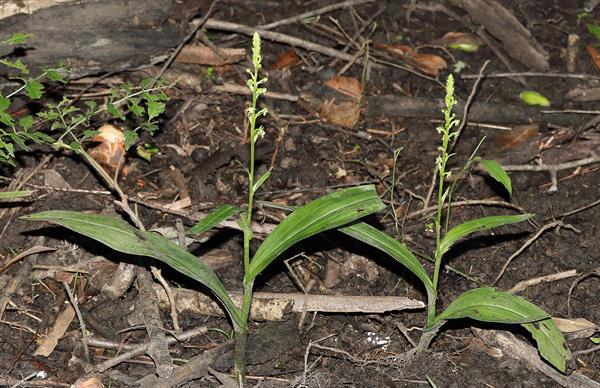 © Floyd A. Griffith | Platanthera flava var. flava | Original Image ⭷
© Floyd A. Griffith | Platanthera flava var. flava | Original Image ⭷ © Scott Ward | Platanthera conspicua | Original Image ⭷
© Scott Ward | Platanthera conspicua | Original Image ⭷ © Scott Ward | Platanthera blephariglottis | Original Image ⭷
© Scott Ward | Platanthera blephariglottis | Original Image ⭷ © Scott Ward | Platanthera huronensis | Original Image ⭷
© Scott Ward | Platanthera huronensis | Original Image ⭷ © Richard & Teresa Ware | Platanthera grandiflora CC-BY-NC, permission granted to NCBG | Original Image ⭷
© Richard & Teresa Ware | Platanthera grandiflora CC-BY-NC, permission granted to NCBG | Original Image ⭷ © Paul Marcum | Platanthera leucophaea source | Original Image ⭷
© Paul Marcum | Platanthera leucophaea source | Original Image ⭷ © Erik Danielson | Platanthera orbiculata source | Original Image ⭷
© Erik Danielson | Platanthera orbiculata source | Original Image ⭷ © Scott Ward | Platanthera nivea | Original Image ⭷
© Scott Ward | Platanthera nivea | Original Image ⭷ © Floyd A. Griffith | Platanthera chapmanii | Original Image ⭷
© Floyd A. Griffith | Platanthera chapmanii | Original Image ⭷ © Sonnia Hill | Platanthera ciliaris | Original Image ⭷
© Sonnia Hill | Platanthera ciliaris | Original Image ⭷ © Floyd A. Griffith | Platanthera cristata | Original Image ⭷
© Floyd A. Griffith | Platanthera cristata | Original Image ⭷Feedback
See something wrong or missing on about Platanthera? Let us know here: (Please include your name and email if at all complicated so we can clarify if needed.)
Cite as...